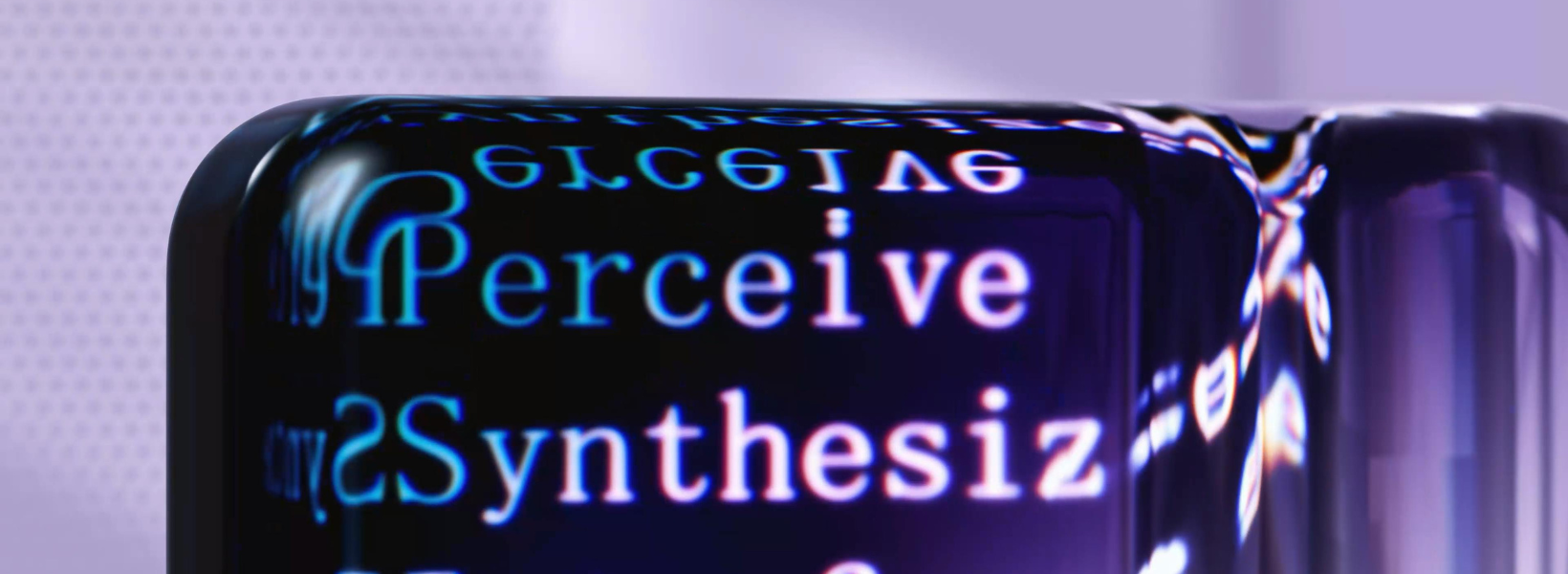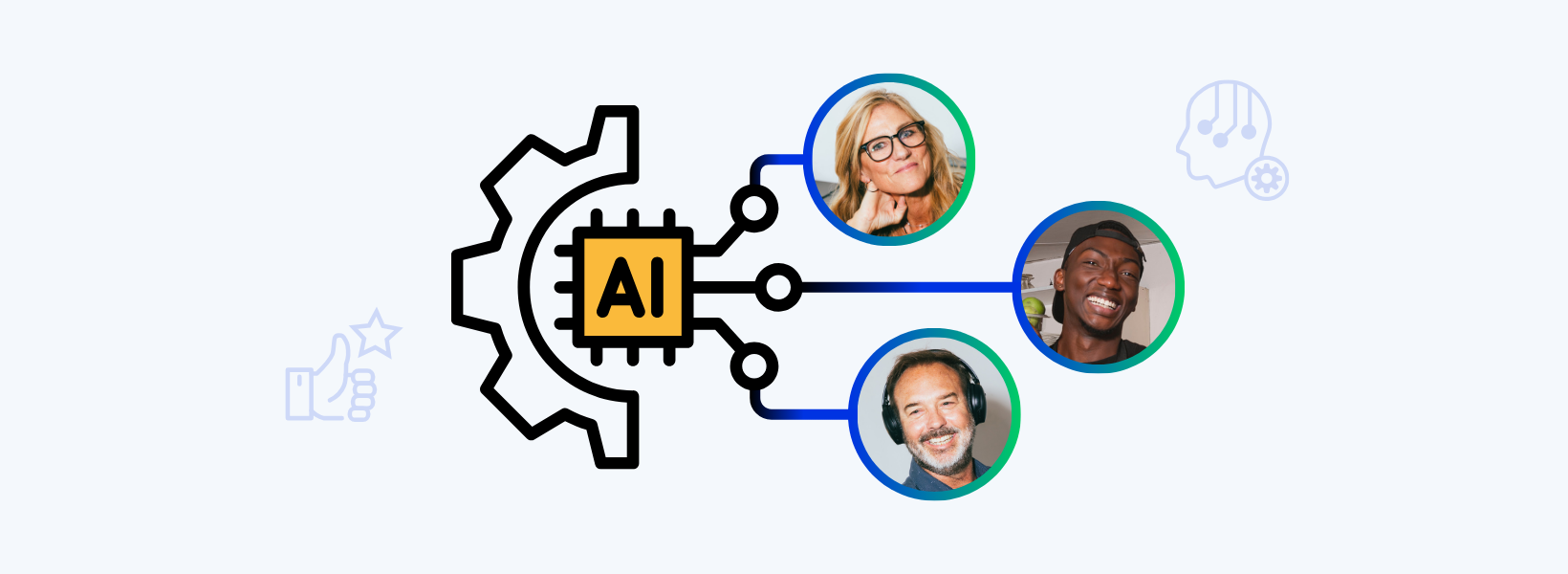Colleges and universities often find themselves pulled between tradition and innovation. Since the COVID-19 pandemic first forced an experiment in remote learning, student support has also been caught been traditional phone offerings and new digital channels.
Now, as we look to the future of customer service in higher education, we see that institutions are expanding on the progress of remote learning tools with new channels for student services. In this article, we’ll be looking at the top higher education customer service trends 2023 and beyond to help prepare for the year ahead.
Read on for the top five higher education customer service trends you’ll want to keep on top of.
1. Automation takes off
“More and more colleges are deploying virtual assistants or chatbots to communicate with students on all aspects of college life, creating a virtual “one-stop-shop” for student queries. Colleges initially were deploying this technology only in specific areas, such as financial aid, IT services or the library. Now institutions are looking to deploy chatbots with much broader capability.”
– Inside Higher Ed
Many higher education institutions have already found great success with chatbots, but in 2023 expect to see the adoption of automation to grow even further. By introducing a chatbot, colleges and universities can automate common tasks and basic questions. With agents freed from responding to the most repetitive queries, the knock-on benefits are many.
Perhaps the single greatest reason that automation is one of the top higher education customer service trends is for the added support capacity that it can provide. Since a single chatbot can resolve as much as 91% of chats without agent intervention, introducing a chatbot allows support teams to grow capacity without hiring more agents.
The other side of this equation is that when chatbots are handling common requests, agents are spending less time responding to repetitive questions. Instead, agents are provided more time to answer high value, complex requests, or tackle other tasks. This can have a significant impact on improving agent workloads and job satisfaction, reducing agent turnover which averages twice as high as other departments.
With most common requests handled by automation, wait times are also reduced. For those questions handled by bot, support is immediate. For everything else, improved agent availability means that waits are lowered for complex queries too.
2. Personalization becomes key
“Companies that achieve the best results from personalization approach it differently. Rather than seeing personalization solely as a marketing or analytics problem, they view it as an organization-wide opportunity. Rather than focusing solely on short-term wins, they look for long-term drivers of growth and emphasize customer lifetime value.”
– McKinsey & Company
With Gen Z now steering the future of customer service in higher education, it’s becoming increasingly important for colleges and universities to cater to the needs of this generation. 75% of Gen Z agree that the experience a company provides is as important as its products or services, and a further 61% expect companies to anticipate their needs. Clearly, the answer to meeting Gen Z expectations is in personalized service.
To provide the personalized service that Gen Z demands, higher education institutions are turning to omnichannel customer engagement software. Omnichannel platforms allow schools to connect every channel together, eliminating data siloes. With every channel managed within a unified console, agents have a 360-degree view of every student so that they can anticipate their needs and provide great support every time.
By connecting digital tools such as Salesforce CRM to omnichannel, agents can track the entire student lifecycle. This means improved recruiting potential for admissions teams along with better retention of students as the details of each student touchpoint are available to every agent. With the nearly limitless integration possibilities available from omnichannel, students also have more ways to reach out, bringing us to the next trend.
3. Channel choice is a given
“In the aftermath of the pandemic that ate the classroom, the omnichannel strategy of building a coherent and flexible consumer experience across devices, platforms, and channels has something to teach higher education.”
– Forbes
Along with personalization, Gen Z students want choice in how they communicate with their school. We see this in polls that show 74% of Gen Z agreeing that convenience is more important than brand. This desire for flexible communications makes expanded channel choice another of the higher education customer service trends 2023 and beyond.
As with offering personalized support, omnichannel customer engagement platforms are the best way to offer students their choice of channel. By connecting every channel through a unified agent console, agents can easily stay on top of live chats, email, SMS, and social media platforms. With the difficulty of managing all these channels taken care of, schools can be wherever their students are, including whatever social media platforms are trending among prospective and current students.
4. Around the clock support expands
“Intelligent chatbots and agents represent a significant opportunity to improve the student experience while reducing, over time, instructors’ workload. There is also great opportunity to improve student services in general and to provide extra supports for students with disabilities. Although inexpensive, they represent a new phase of the deployment of smart technologies in higher education.”
– Teachonline.ca
We’ve seen that chatbots can automate most common requests, making agent workloads more manageable and improving student support across the board. Another way that this automation can benefit any support environment is with the expansion of support hours. Unlike a human agent, chatbots are available any time of day. With chatbots adoption already growing, the rise of 24/7 support is another of the top higher education customer service trends for 2023.
The importance of around the clock support is amplified among today’s Gen Z students, as 72% of Gen Z say that they expect to interact with someone immediately when contacting a company. When connected to an omnichannel platform, a single well-trained chatbot can respond to students on any connected channel – immediately.
For schools looking to expand international recruitment efforts, 24/7 support also allows prospective students in other time zones to connect more easily. With support for auto chat translation, you can even ensure these prospective and current students get help in their preferred language.
5. SMS support deepens
“The increase in business texting matches consumer behavior and demands. Most consumers (58%) said that between texts, phone calls or emails, texts are the best way for businesses to reach them quickly.“
– Business Wire
SMS messaging has continued to grow in popularity, and with the ubiquity of smartphones today it’s now more popular than ever. For schools that want to keep students engaged from recruitment through graduation, SMS is an ideal platform given the high open rate compared to email (98%) and nearly 60% of consumers that check new texts within five minutes. As the smartphone has long been the primary device of many, the future of customer service in higher education is mobile.
By utilizing an SMS messaging platform like Comm100 Ticketing & Messaging, higher education support teams can easily stay on top of student messages. With the right tools, agents can sort and label student messages so that they can prioritize urgent conversations. SMS can even provide opportunities for outreach, allowing for personalized reminders or other notifications to be pushed to students.
Because SMS is more easily replied to than other channels, it’s also the perfect platform to collect student feedback. For support teams, this could include a quick survey of service quality. For student counselors, SMS can instead facilitate regular check-ins. Whatever the use case, SMS is an ideal way to connect with today’s Gen Z students.
Wrap up
As Gen Z continues to push higher education customer service trends forward, schools must move away from traditional phone support models towards the improved flexibility of modern digital technologies. Expanding digital channel choice and introducing automation allows colleges to meet all aspects of Gen Z needs, including improved personalization and expanded availability.
To learn how universities and colleges are using AI chatbots today, take a look at this blog – How Higher Education is Using AI Chatbots to Improve Student Engagement.






